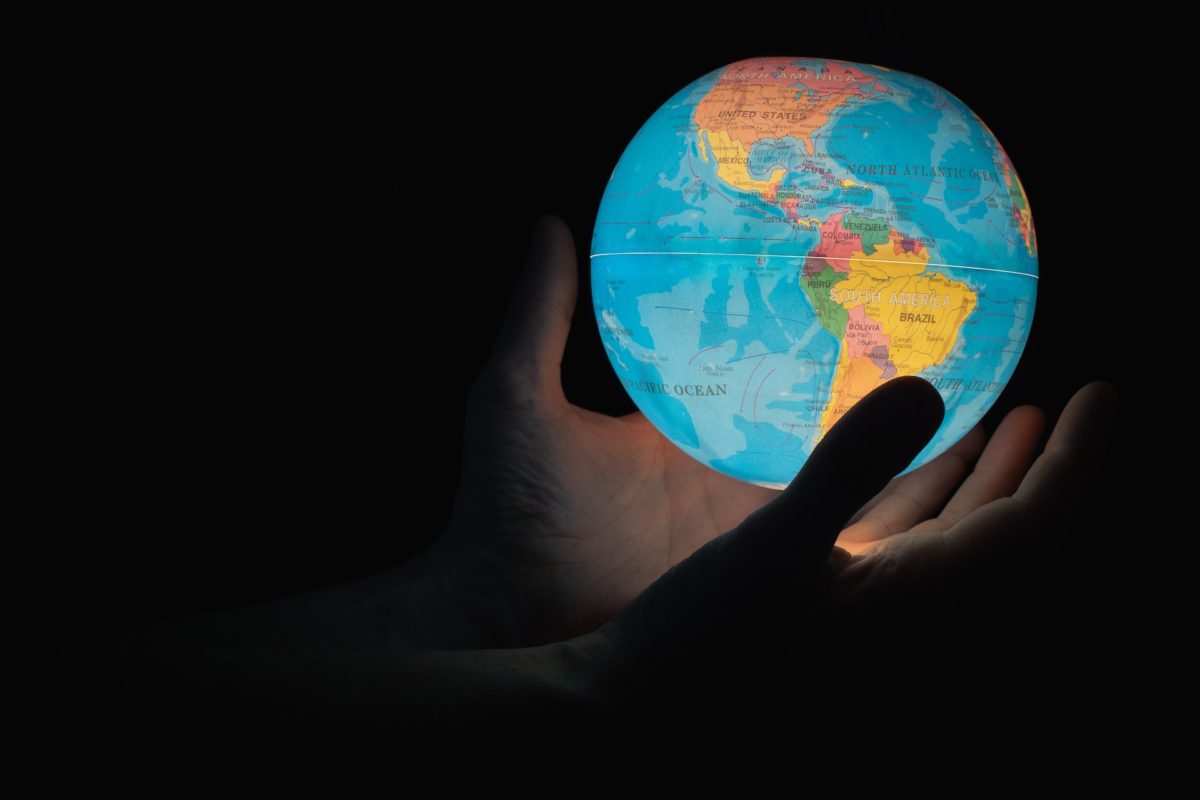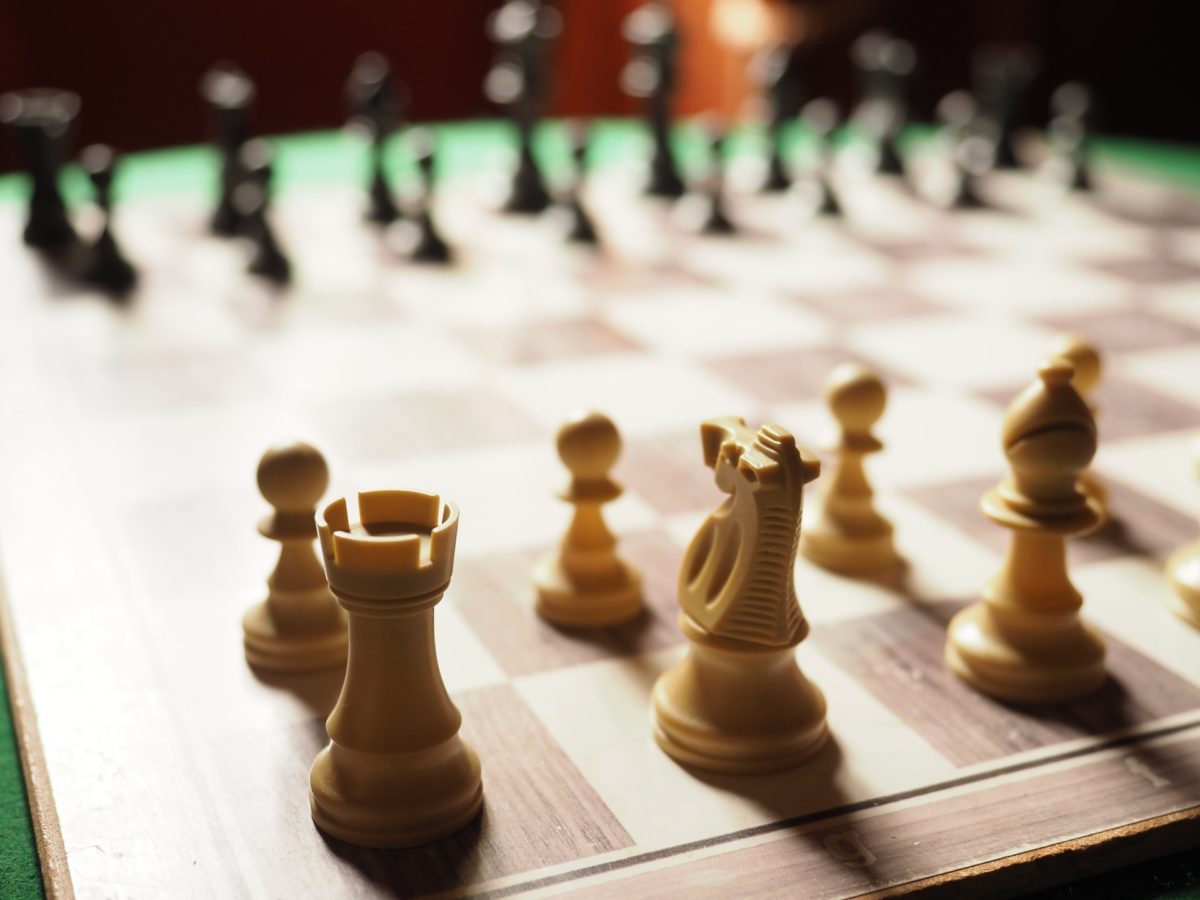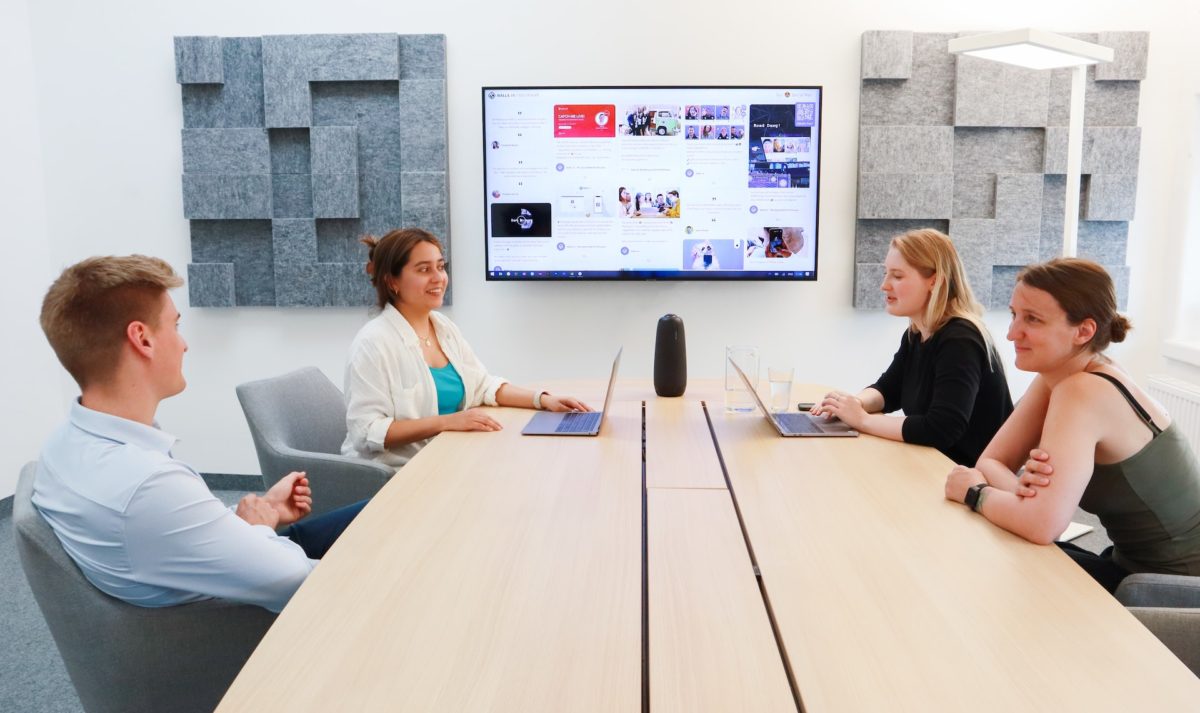Have you ever wondered how brands like Apple, Starbucks, and Netflix manage to achieve worldwide recognition and success? The secret lies in their global strategy.
Many people associate archetypes with psychotherapy rather than the way in which businesses operate. But did you know that they are equally important in marketing, branding and advertising? In this article, you will learn more about brand archetypes, how to use them and why they are relevant.
Brand archetype definition – who created it?
The general concept of archetypes was created by Carl Gustav Jung for the purposes of a psychological analysis. However, the way we use them in marketing today is attributed to Margaret Mark and Carol S. Pearson, who have led marketers around the world to build successful businesses.
What is a brand archetype?
Archetypes in general are highly developed elements of the collective unconscious, which can be described as universal, archaic patterns and images. People recognize such archetypes while in a new situation and react to them in a specific way. Simply put, an archetype is a prototype, a set of features that describes a character, event, phenomenon, etc. This general definition also highlights perfectly the importance of an archetype in building a brand. It allows you to create a communication strategy that will reach potential customers and recipients. This is due to the fact that marketers, by specifying the archetype of a brand, are able to assess the most optimal communication channel, which in turn allows them to create a content strategy. Additionally, brand personality archetypes make it much easier to establish a brand – target audience relationship on a personal and emotional level, which nowadays is the most important selling point!
Brand archetypes meaning in everyday life
We meet different people almost every day and right from the start we have a negative or positive opinion about them. After a while, a certain idea of their personality forms in our head and we are even able to define their characteristic behaviors. How is this possible? This person must fit one of the archetypes you had in your head. It is thanks to them that, at the time of the first contact, you attributed features that are obvious and well known to you to a given person or a place. It works exactly the same with brands. We like some of them and have slightly colder feelings towards the others. Everybody has their favorite brand, even though we do not know their products that well.
Why are brand archetypes important?
Brand archetypes can significantly help you in image building and advertising activities. What role does brand archetype play in branding?
- They allow you to predict the potential recipients’ behavior and reactions during the first contact with the brand and in the future – with the first one being more important.
- Thanks to them, it is much easier to determine the method of communication or the sale form which will be the most appropriate. Brand archetypes are closely tied to the brand’s tone of voice and communication style, so they can guide the development of brand guidelines.
- They help in creating the right team. As a business owner or marketing director, you will know whether it is better to invest in the work of a graphic designer or an illustrator. Deciding whether a copywriter should create technical or humorous content will be easier.
- A well matched archetype makes the brand recognizable and has a real impact on customers’ decisions.
- They help in building a strong customer community.
How to use brand archetypes?
How to use archetypes to build a brand identity? Start with the most important question: “who is my brand?”. Treat it as a person. Brands should be defined by the exact same categories as humans, namely by the set of distinguishing features, values and their visual form. We can say that the equivalent of human appearance is, for example, a brand’s logo, colors appearing on its channels of communication or icons that are associated with it. It might seem funny to you, but the brand archetype colors really matter. An archetype can shape your brand perception. Keep in mind that brand elements can be used to express and embody specific brand archetypes.
However, visual identification is not everything. Just as a person has some personality traits, a brand will be associated with some emotions, behaviors and actions. So before you move on to choosing an archetype, be sure to look at your brand as a human and ask yourself the following questions:
- What is the brand like?
- What does it look like?
- How does it speak?
- How does it gesture?
- What values does it support?
- What are its characteristics?
- What makes it unique?
- What message does it convey?
- What emotions does it evoke?
Embarking on a brand archetype journey can be an exciting endeavor, but it’s essential to have the right support along the way. Discover additional information about our branding services that specialize in helping businesses uncover their unique brand archetypes and translate them into actionable strategies. Together, we can build a strong and authentic brand presence that captivates your audience.
Different categories – brand archetype examples
Now you know how brand archetypes are characterized and why it is worth using them in marketing. So what archetypes are there? Mark and Pears have created 12 brand archetypes, which have been grouped according to their motives. They were of course created on the basis of 12 Jungian archetypes. Explore the brand archetype examples to better understand how they can be applied to your brand.
Stabilization and control
● The Creator brand archetype
The creator archetype is a creative, entrepreneurial and innovative brand. The creator personality is characterized by an unconventional approach to communication, original mission and the need to create something valuable. LEGO fits this description perfectly. Creator brands tend to appeal to creative or artistic audiences.
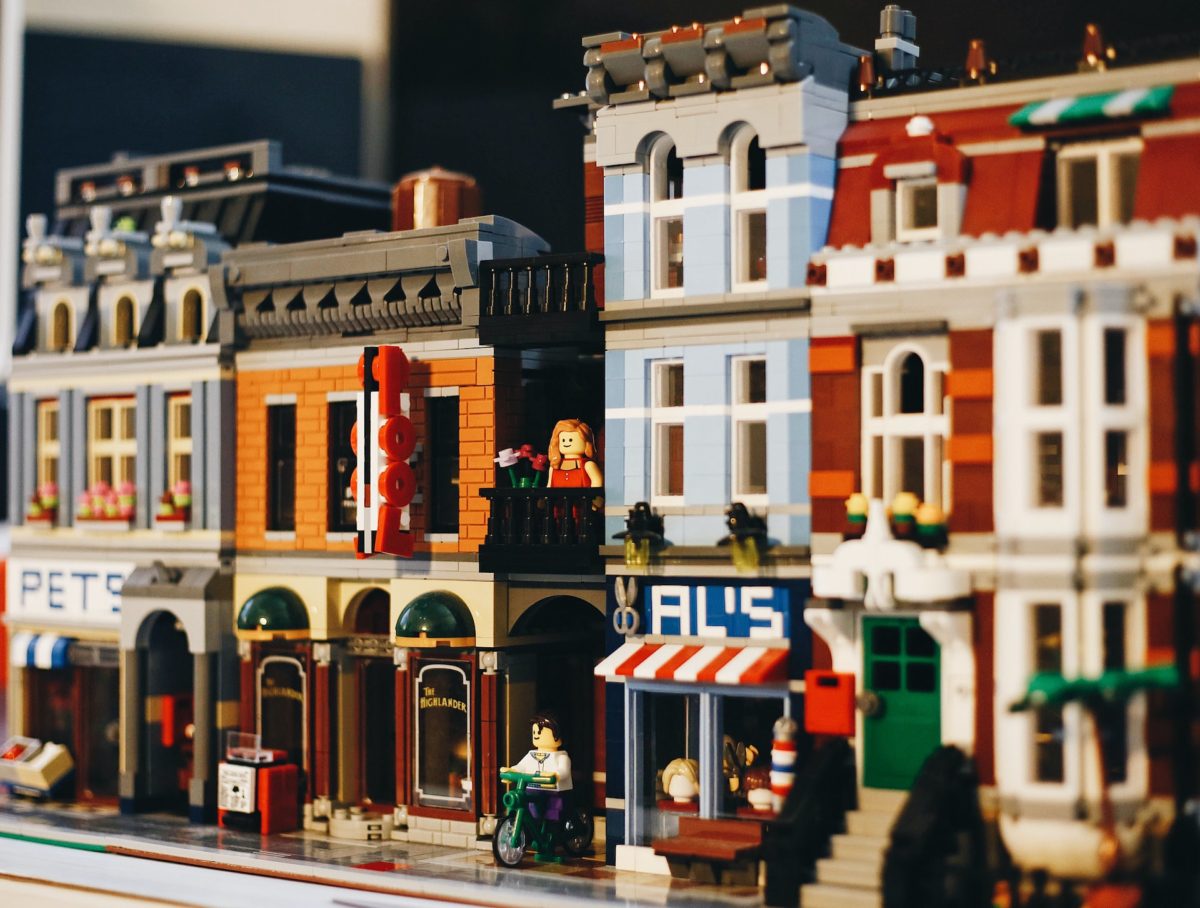
● The Caregiver brand archetype
Caregiver brands are caring, supportive and altruistic. Their main mission is to help and to offer emotional or physical support. The best example of a caregiver brand is Pampers.
● The Ruler brand archetype
A ruler brand is a leader who takes responsibility for itself, business and society. The ruler personality is an authority that cannot be questioned. This dominant personality controls everything and helps others succeed. Rolex, Mercedes-Benz and other luxury brands belong to the ruler archetype.
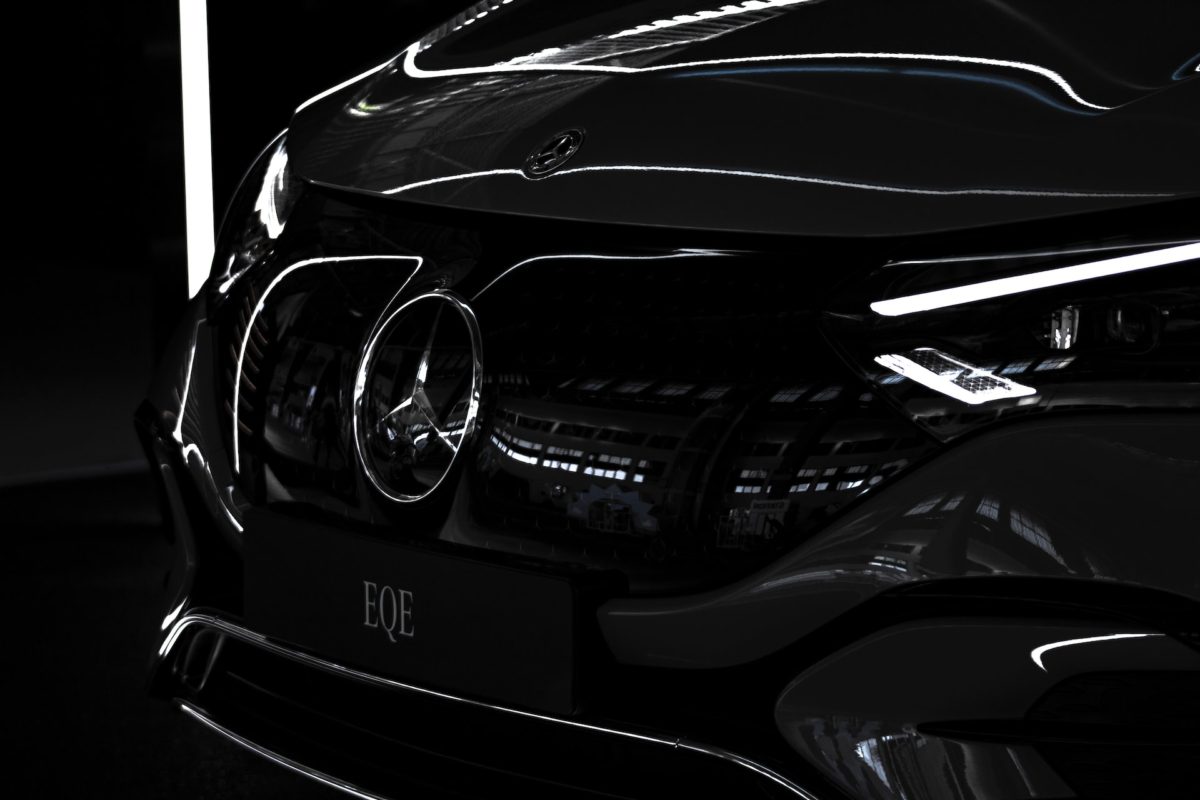
Belonging and pleasure
● The Jester brand archetype
The jester archetype is a funny, teasing, joyful, sometimes even mocking brand. Its mission? Having fun, putting smiles on people’s faces and offering pleasure! One of such jester brands is Danio, whose brand hero is a funny creature called The Grumbler.
● The Everyman archetype
A down-to-earth, by no means selfish, similar to an empathetic community member brand. The everyman brand wants to be perceived as a regular member of the society. In this category, you will most often find companies related to the products or services we use and need every day, such as VISA.
● The Lover brand archetype
The lover archetype is embodied by sensual, emotional and attractive brands. Sensual pleasure is the main mission of the lover personality. Examples of a lover brand? Chanel and Durex.
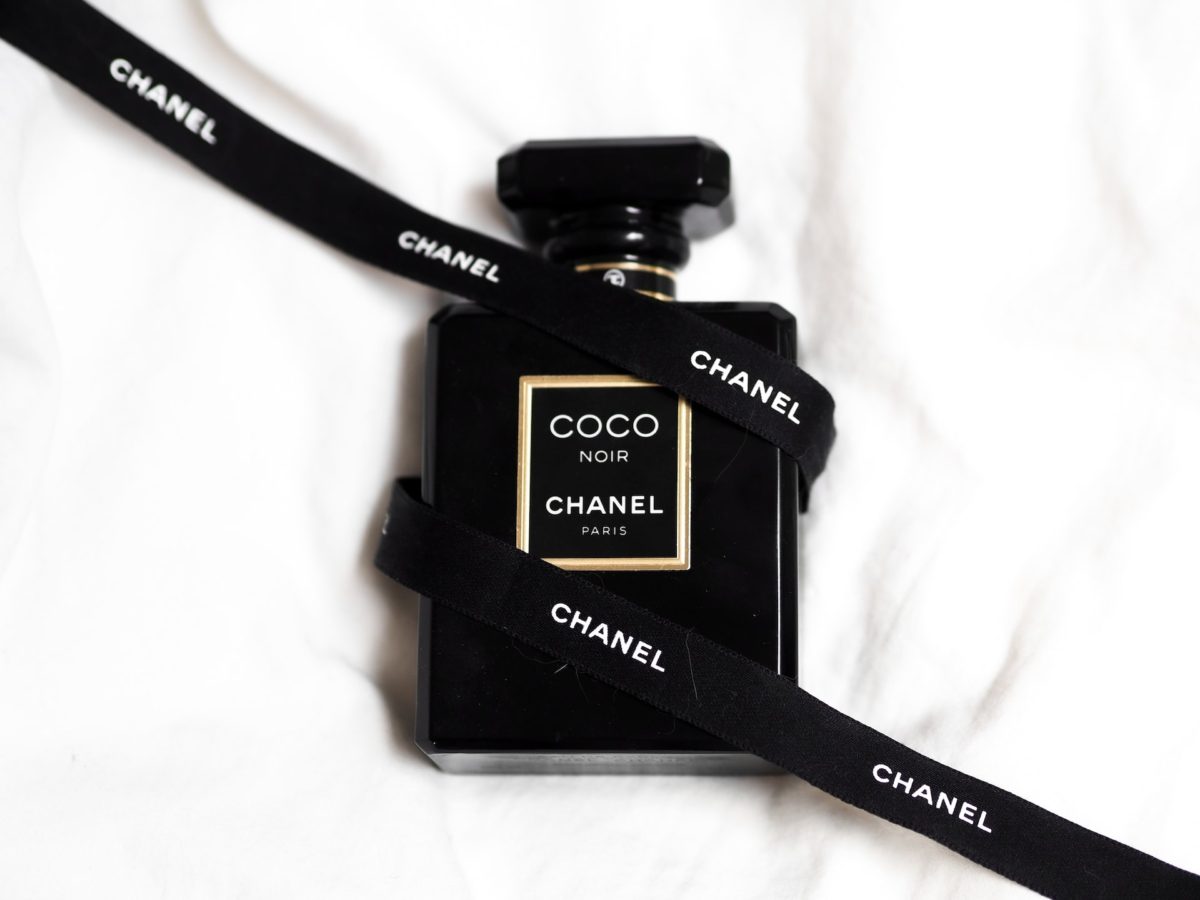
The pursuit of mastery
● The Hero brand archetype
A hero archetype personifies all the qualities typically associated with a hero. A brand that is characterized by courage, high competence, efficiency, and tenacity. A hero brand should aim to be strong, heroic and confident. Its goal is to fight for a better world. Hero brands are often associated with outdoor activities and sports. It can be both a non-profit organization, such as UNICEF, or a sales brand, like Nike.
● The Outlaw brand archetype
The rebel brand archetype, also called the outlaw, is an uncompromising and liberated brand. If breaking taboos, shocking communication and freedom are the features that distinguish your business, then your brand is a rebel. Best examples of the rebel brand archetype are Jack Daniel’s and Harley-Davidson.
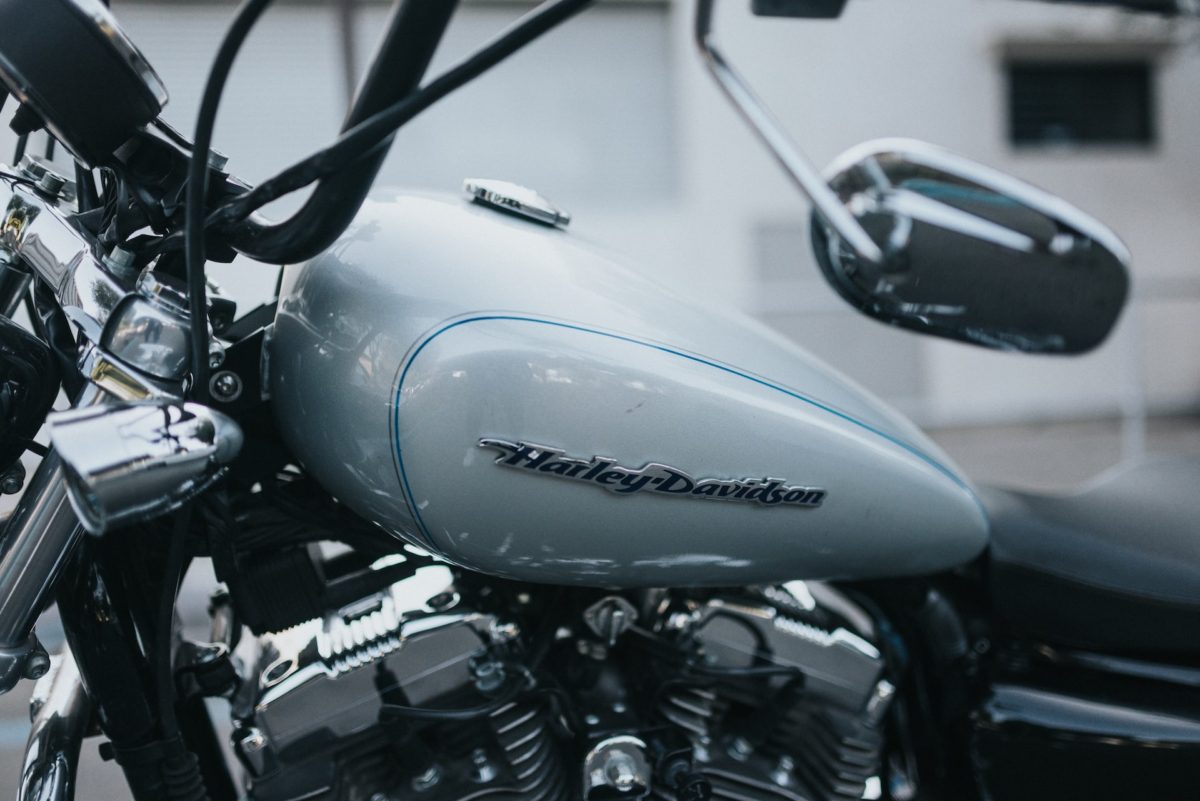
● The Magician brand archetype
The magician brand archetype is characterized by wisdom and ingenuity. It is often described as a visionary because it does not only plan to achieve the impossible, but actually succeeds. Tesla embodies all of the qualities of the magician personality.
Freedom and fulfillment
● The Innocent brand archetype
The innocent archetype is a sincere, optimistic and positive personality wearing its heart on the sleeve. It pursues happiness and wants to spread it further. The best example of an innocent brand is Disney.
● The Explorer brand archetype
The explorer brand is a bold, independent and open-minded brand that wants to discover the world and is always open to new challenges. Jeep fits the characteristics of the explorer personality perfectly.
● The Sage brand archetype
The sage brand is the last of the marketing archetypes. Sage brands prioritize intellect, diligence and constant search for truth. The mission of the sage archetype is to encourage people to perceive the world analytically and be guided by intelligence. No brand fits this description better than National Geographic.
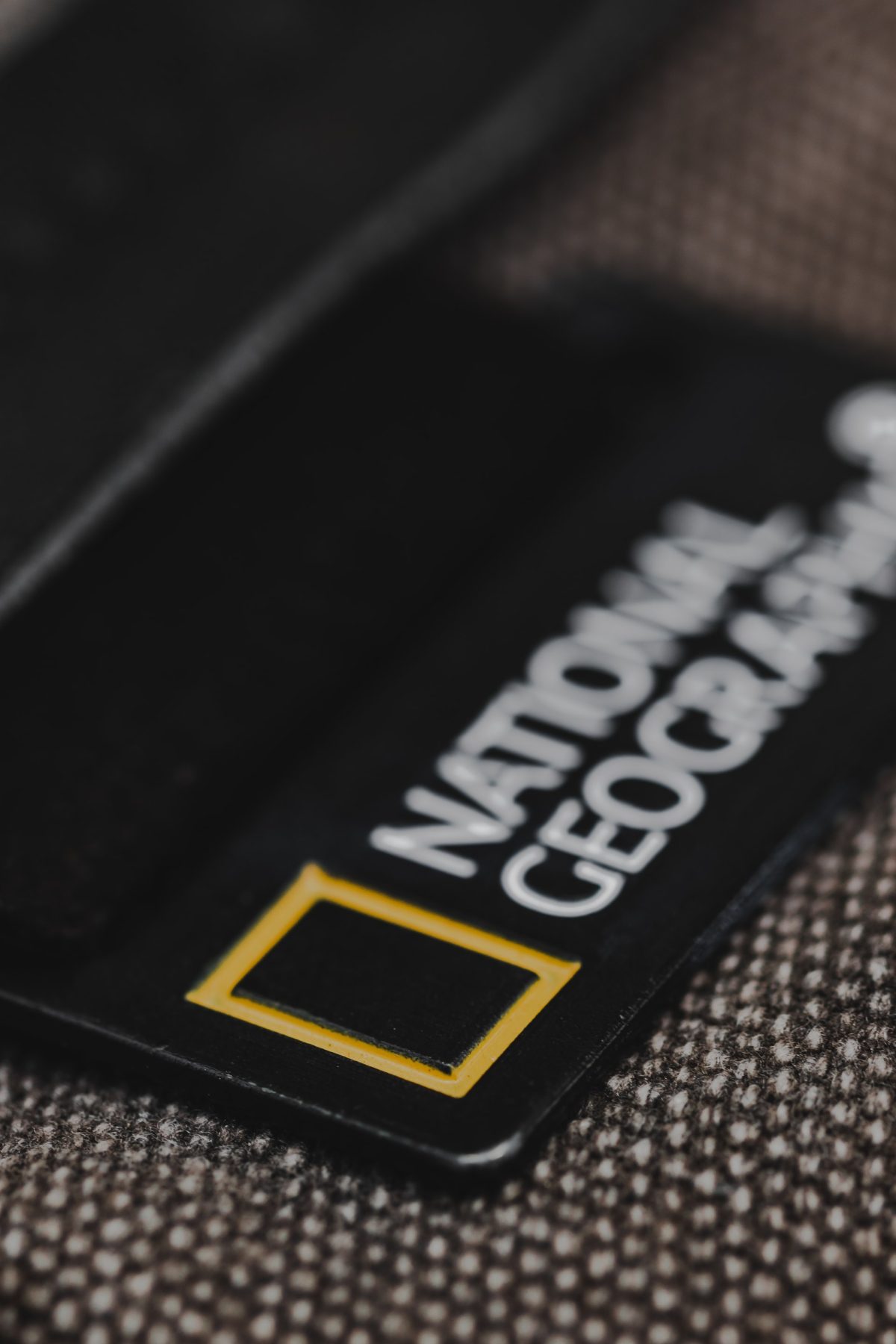
Archetypes in your brand strategy – summary
Building extraordinary brands requires you to select one of the 12 brand archetypes. It is also worth emphasizing the fact that a brand can be attributed to multiple archetypes, since some of the values are closely related or do not contradict each other.
Now you know everything about the importance of archetypes in branding! If you need help with branding, check out our blog for articles about the branding questionnaire and the brand development process. Have a look at our corporate branding services as well!

